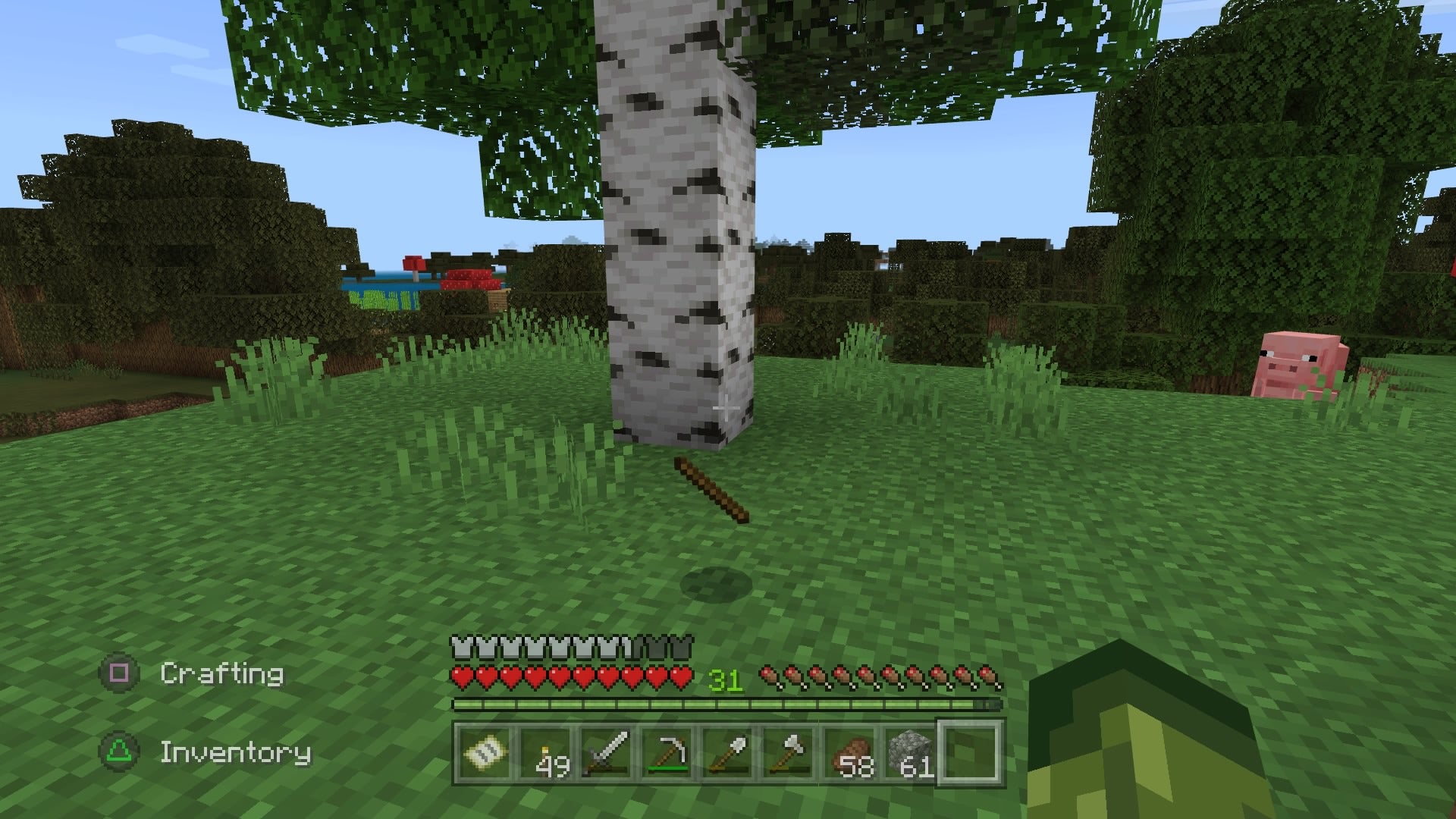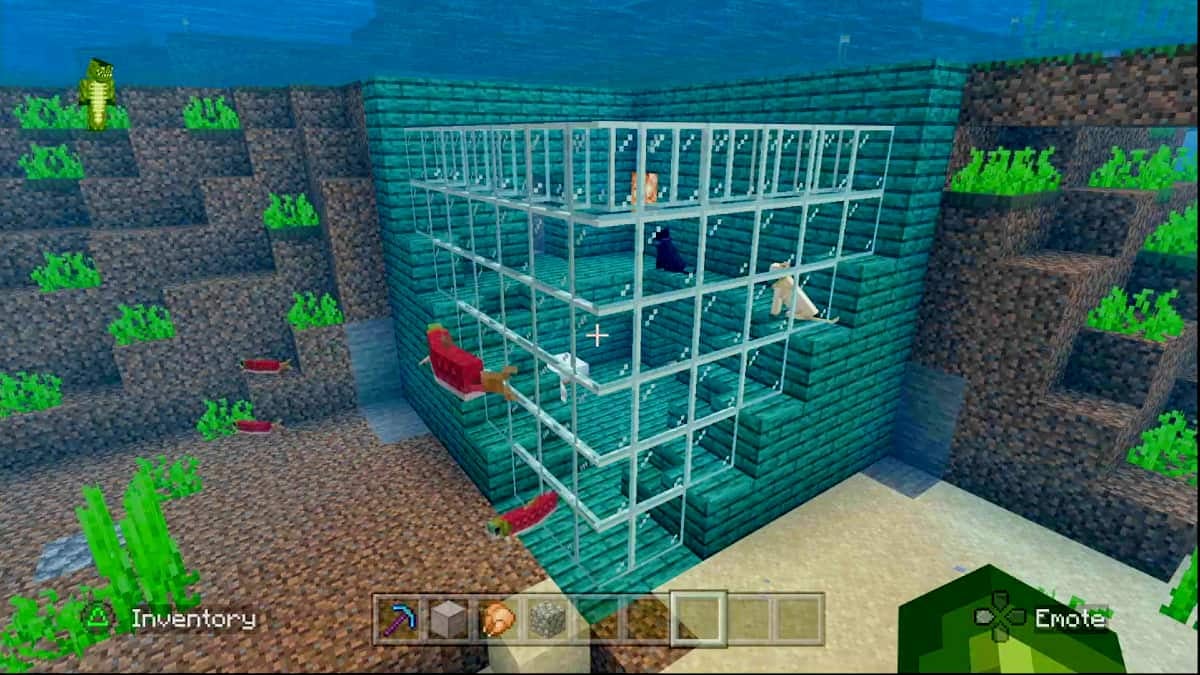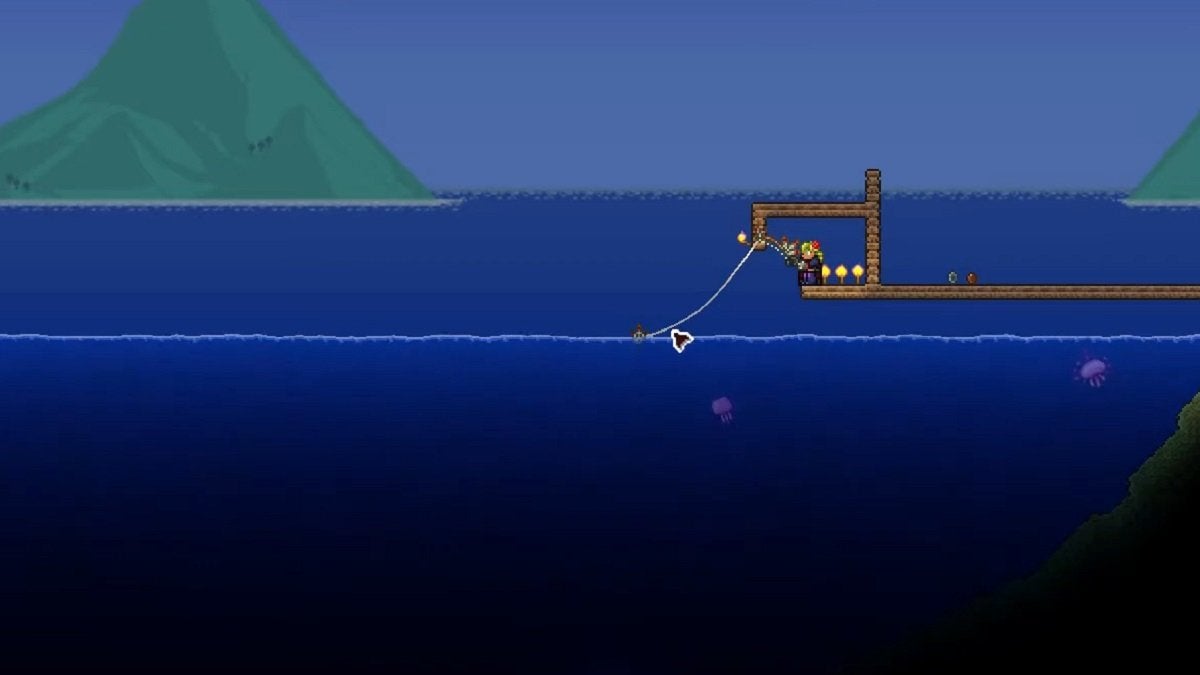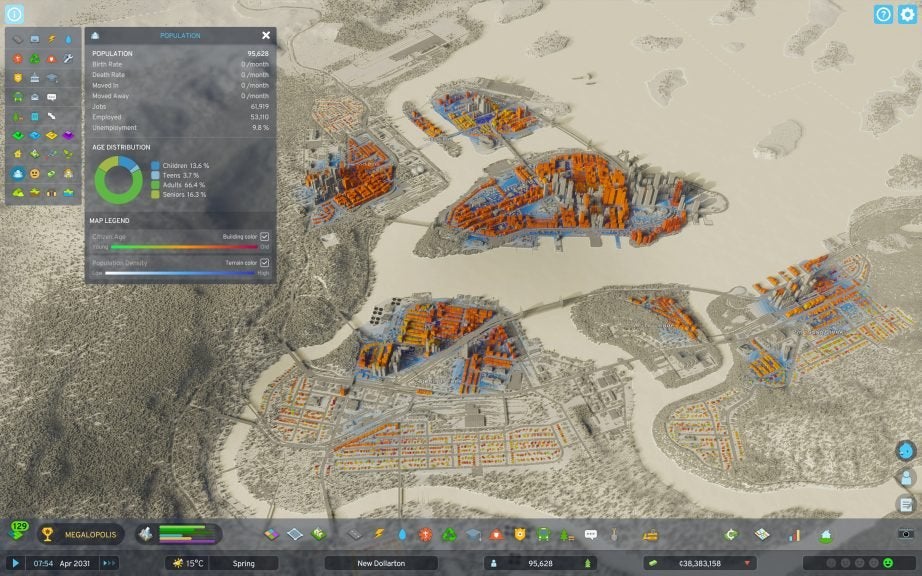![]() Key Takeaway
Key Takeaway
Sandbox games are video games that let you build, destroy, and alter your environment with a great degree of freedom. Here are some examples of Sandbox games:
- Minecraft
- Terraria
- Games in the Sim City series
- Games in the Cities: Skylines series
- Spore
- Games in the Red Faction series
- Games in the Rollercoaster Tycoon series
There are few feelings as liberating as shaping the landscape around you. Sandbox games are a genre of video game that lets you do just that and more. From constructing your dream home to building up an entire city, civilization, or planet—the best Sandbox games don’t limit your potential.
Table Of Contents
What Are Sandbox Games?
Sandbox games are video games that allow you to build, destroy, and transform the environment around you. Think of a sandbox on a playground. Children can shape structures from sand, smash them, or work together with other kids to form a small city. With that said, Sandbox games are not childish. They simply allow you to let your imagination run wild.
Defining the Creative Potential of Sandbox Games
While the definition of Sandbox games is easy to grasp, the depth of such titles is more significant than their premise. Let’s use Minecraft as an example.
In this famous blocky digital journey, you start with pretty much nothing. You have to begin your playthrough by harvesting raw resources from your surroundings without any tools whatsoever. When starting your adventure, you need to fell a tree with your bare hands.

This is your first step in mining, crafting, and exploring a procedurally generated world. What’s more, even though there are in-game goals to accomplish, you don’t ever need to complete them to enjoy Minecraft. In fact, you can make your own goals and play the game your way—ignoring everything else: the core concept of Sandbox games.
Who cares about facing down the Ender Dragon when you can plan, build, and rule your very own kingdom? Albeit one populated by Villagers…
Minecraft has aptly gained the reputation of being one of the best Sandbox games ever made. Its no-strings-attached gameplay exemplifies the genre in that you’re welcome to do whatever you want.
The strong focus on creation is another important factor here, as, without crafting mechanics, a title can’t truly be called a Sandbox game. If you want to, you can defy logic, reason, and practicality by crafting structures where they have no reason to be—like building your house underwater.

Environmental Control
Minecraft is far from the only amazing game in this genre. Another that allows for similar gameplay—although from a 2D perspective—is Terraria. In this surprisingly horrific virtual world, you’re given all the same potential to build, destroy, and explore as you have in Minecraft.
Construct an awesome abode, make friends with NPCs, and slay eldritch monstrosities all while farming, fishing, and harvesting nature’s unlimited bounty in as many ways as you can imagine.

When fighting particularly fiendish opponents, it’s often a wise tactic to use your environment to your advantage in Terraria. For example, spawning a boss underground in a cave you dug yourself can let you trap them in a way that lets you deal more damage to them—or prevents them from doing the same to you.
There are also other benefits to manipulating the terrain. Mob hunting, farming, fishing, and mining strategies make use of such mechanics to create a more efficient harvesting process.
Some crops only grow under certain conditions. Therefore, if the biome you’ve made your home in isn’t initially suitable, you’ll need to terraform your surroundings to produce the ideal produce.
Unparalleled Development Potential (Free Real Estate!)
There’s no doubt that you can create multiple magnificent buildings in Minecraft and Terraria. However, you can ramp things up to an urban scale through city-builder games like those in the Sim City and Cities: Skylines series.
In city-builder games, you’re not tasked with constructing structures; your job is to plan out the development of an entire region.

Once you lay out the framework of your town (such as setting up utilities like electricity and water) and place the roads, your city will grow at its own pace. Such mechanics are considered Sandbox gameplay because you have a tremendous amount of freedom.
If, as an enjoyer of a real-world sandbox, you could command ants or termites to build according to your planning, the result would appear much like how you’d play Sim City and Cities: Skylines.
Planetary Domination
City-sized endeavors aren’t the limit for Sandbox games—not by a long shot! Some titles let you develop entire planets. A great example of this is Spore. Although the scope of Spore begins from a microscopic perspective, each stage of the game introduces new and expansive elements.
During the civilization stage of the game, your goal is to conquer the globe before heading into the space stage. Only after the planet is united under a single banner can you launch your race into space.

The act of gaining more territory counts as Sandbox gameplay in that it involves development. You have the freedom to do what you wish to meet your goals. With that said, the focus always remains on growing and thriving with the utmost liberty.
Satisfying Destruction in Sandbox Games
Sandbox games are all about building; however, to unfold your master plan, you sometimes need to clear that way for newer structures. As such, destruction is a crucial part of Sandbox games as well. In other words, destruction is the opposite side of the creation coin. On the other hand, you can simply wreak havoc because you feel like it.
Red Faction Redefines Sandbox Gameplay
You can’t debate that such mechanics can be immensely fun! For instance, look at Red Faction, which has a strong attention to demolishing details. Despite being a first-person shooter, the freedom to alter the terrain through excessive explosions makes Red Faction one of the most interesting Sandbox games.

There’s less of a focus on creation, but the willful changing of your surroundings makes this FPS-Sandbox title as unique as it is entertaining.
Rebuilding Your Park in Rollercoaster Tycoon 2
Destruction for the sake of destruction is all well and good. However, putting a purpose behind the purging is even better for gameplay mechanics. Let’s look even further into the past than Red Faction to behold one of the best Sandbox games ever made: Rollercoaster Tycoon 2.
If a part of your park isn’t bringing in enough guests, you can demolish it and replace it with something better. If the terrain doesn’t allow for something to be built, you can raise and lower individual tiles until you can. The same goes for adding and removing water tiles for aquatic attractions.

There’s also the stress-relieving element of straight-up turning your park into a torturous hellscape. If all you want to do is put guests through the worst experiences possible, you can!
Your park rating will drop, but nothing is stopping you from trapping guests in an endless loop (“I want off Mr. Bones’ Wild Ride!”) or blatantly drowning them by dropping individual guests into bodies of water. Apparently, no one in Rollercoaster Tycoon 2 can swim.
Destruction paves the way for newer, bigger, and better creations…but it’s also fun to break things for no other reason than to watch the world burn.
With so many options for creating, destroying, and altering your in-game world, it’s no wonder Sandbox games have become so prevalent. Such freedom is amazingly fun, and, frankly, addicting. Simply writing this article made us want to boot up and play Minecraft again despite having hundreds of hours already logged into this blocky adventure. The immense satisfaction gained through digital liberation is truly therapeutic.


